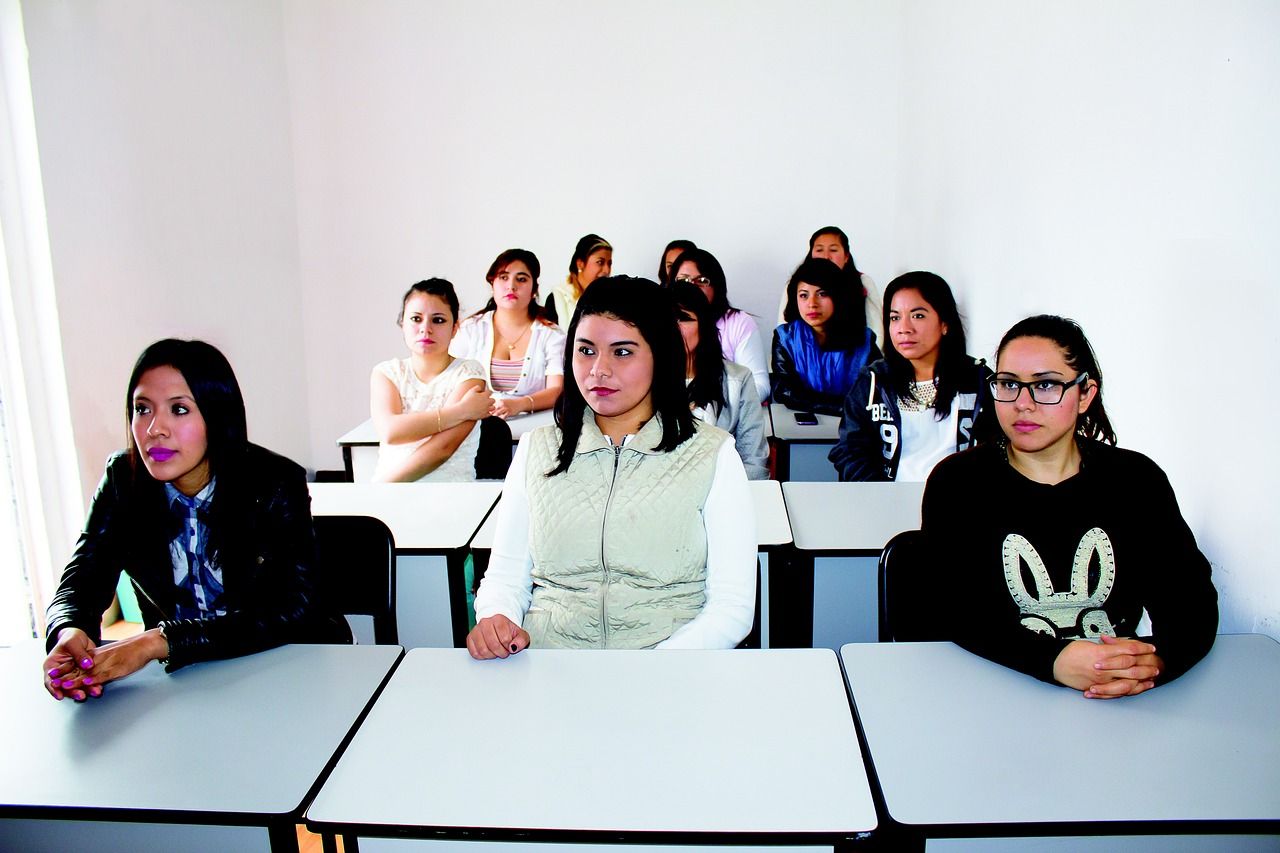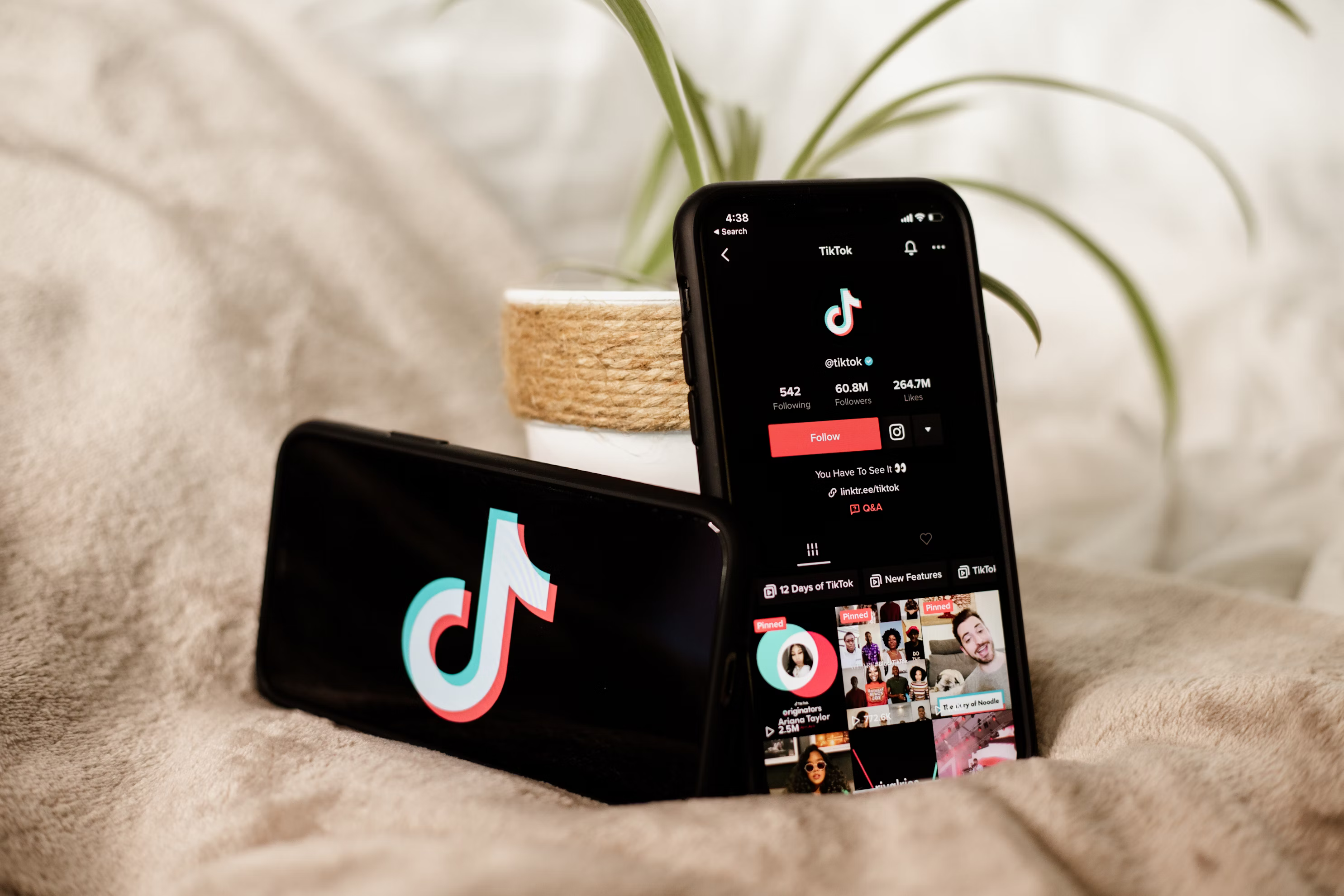Students' learning style has changed significantly in recent years; one surprising group is significantly influencing this change. Originally mostly recognized for endorsing lifestyle trends or cosmetic products, influencers are changing the scene of education. But just precisely how are they doing it? Let's explore how these digital trendsetters might shape student learning going forward.

The Rise of Edutainment: Making Learning Fun
Have you ever viewed a video outlining a difficult subject in a few minutes and wondered, "Why wasn't school this interesting?" By combining entertainment with knowledge, sometimes known as "edutainment," influencers are making it possible.
Creators breaking down difficult topics include science, history, or arithmetic into bite-sized, entertaining content abound on sites including YouTube, TikHub, and Instagram. To ease difficult subjects, channels like "Physics Girl" or influencers like Hank Green employ comedy, narrative, and animation. This interesting approach makes learning fun and accessible even for pupils who find conventional approaches difficult.
Edutainment generates a curious environment rather than only simplifying subjects. Students are more inclined to binge-watch an instructional video playlist than study from dry textbooks. And since influencers sometimes share their personal challenges with studying, they seem relevant, which hooks pupils.
Promoting Accessible Learning for All
Influencers are revolutionizing education by ensuring it’s accessible to everyone, regardless of financial limitations or geographic location. By sharing knowledge through free resources and engaging content, they empower students to learn more and expand their horizons. Whether explaining complex subjects or introducing innovative concepts, influencers make learning exciting and easy to understand. Many students can read their posts or watch their videos, gaining insights that were once confined to classrooms. This approach allows students to explore topics at their own pace, helping them stay curious and motivated.
For those who need extra support, influencers provide tailored insights and inspiration, breaking down intimidating subjects into digestible pieces. They also direct students to educational resources, including informative essay examples for students, helping them improve their writing skills and think critically about academic assignments. By following essay examples students can be inspired to approach learning in new, interactive ways.
Additionally, influencers foster a sense of community, connecting students worldwide who share similar goals and interests. This collective experience encourages collaboration, discussion, and a deeper understanding of the subjects being taught. Through this inclusive and dynamic approach, influencers are paving the way for a brighter, more accessible future in education.
Bridging the Gap Between Classrooms and Real Life
To be honest, conventional schooling leaves many of its students perplexed, "When will I ever use this?" Offering useful, real-world applications for academic subjects, influencers are closing this gap.
Schools may ignore aspects that career-oriented influencers, for example, teach—valuable life skills include coding, personal finance, or even public speaking. You might come across a TikHub showing simple budgeting techniques or an Instagram reel guiding you in building a strong CV. By use of this practical method, students can relate what they acquire to their future objectives.
Influencers also frequently draw attention to unusual career choices and new professions, encouraging students to investigate prospects outside common wisdom. Students are discovering that their interests—in game creation, digital marketing, or sustainable fashion—may make rich careers.
Empowering Students Through Peer-Like Mentorship
Influencers' relatability is one factor that helps them appeal especially to students. Many times, they seem more like peers than leaders. This interaction generates a mentoring atmosphere more friendly than conventional teacher-student connections.
Many influencers, for example, post personal tales about overcoming obstacles, managing stress, or clarifying their career trajectories. These stories not only inspire but also enable children to realize that despite obstacles success is attainable.
Influencers also communicate with their audience directly through comments, live Q&A sessions, or direct messages, therefore fostering an interactive learning environment. Unlike the one-size-fits-all approach in schools, this two-way contact gives learners more individualized and customized experience.
Driving Trends in Digital Learning Technologies
Promoting digital tools and platforms helps influencers also be determining the direction of education. From coding tools like Scratch to language-learning programs like Duolingo, influencers are raising awareness of these tools and pushing students to pick creative approaches to study.
To create courses or tutorials, some influencers have teamed with ed-tech firms. This cooperation guarantees that the material is interesting and excellent as well as increases the legitimacy of online learning.
Thanks in part to influencers highlighting their possibilities, virtual reality (VR) and augmented reality (AR) are also becoming popular. Imagine studying astronomy while investigating 3D models of the solar system or virtually walking through the pyramids to learn about ancient Egypt? Often presented by influencers, these tech-driven encounters are transforming student interaction with knowledge.
Challenges and Ethical Concerns
Naturally, it's not all sunshine and rainbow. immense power also entails immense responsibility. Lack of appropriate knowledge among some influencers could result in false information. Furthermore, the commercialization of education—where influencers give sponsorships top priority over quality—may weaken the educational process.
Parents and students especially need to assess the legitimacy of the influencers they look up closely. Maintaining ethical standards is just as crucial even if influencer-driven education has great promise.
What Does the Future Hold?
Where then do we find ourselves going from here? We should anticipate even more creativity as influencers keep becoming more and more important in schooling. Influencers working with schools might start to create common sense programs that combine the best of both worlds. Imagine classrooms in which interactive video courses or influencer-led seminars augment conventional instruction.
Moreover, as artificial intelligence and machine learning develop, influencers could include these technologies into their material, hence enhancing the efficacy of tailored learning opportunities. The direction of education is not only in the hands of educators; it is a team effort in which influencers take front stage.
Conclusion
Unquestionably, influencers are reshining learning by combining entertainment, accessibility, and practical relevance in ways that conventional education finds difficult to match. They are motivating a generation to enjoy learning by making education interesting, relevant, and useful rather than only instructing kids.
Still, this change entails responsibilities. Parents, teachers, and students all have to find a balance between appreciating these fresh chances and guaranteeing trustworthiness and moral behavior. Influencers one article, video, and narrative at a time are helping to determine the direction of learning going forward.
Are you prepared to pick knowledge from the upcoming great creators?
Table of content
Looking for influencers?










